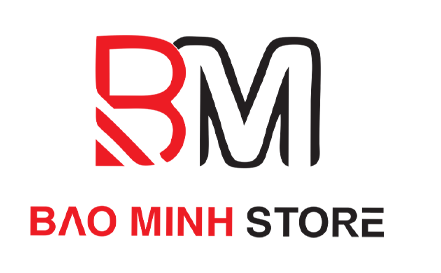BLOG
From Ancient Mythology to Modern Gaming: The Evolution of Dragons in Pop Culture
The dragon has long been a symbol of power, strength, and mythological wonder across various cultures and civilizations. From ancient mythology to modern gaming, the depiction and representation of dragons have evolved significantly over time, reflecting changing societal values, technological advancements, and shifts in popular culture.
A Legendary Past: Dragons in Ancient Mythology
In many ancient mythologies, dragons were revered as majestic creatures, embodying divine power and authority. The most iconic examples can be found in Chinese (Long), European (Wyvern), Japanese (Ryū), and Slavic dragontraingame.com mythologies. In these cultures, dragons were often associated with the creation of the world, rain, thunderstorms, or even good fortune.
-
The Dragon Kings : In Chinese mythology, the dragon is a benevolent creature that symbolizes the emperor’s power. The legend of Longwang (Dragon King) emphasizes its role in regulating water cycles and agriculture.
-
European Dragons : These creatures are often depicted as fire-breathing, evil beings that terrorize villages and hoard treasure. In medieval European folklore, Saint George is famous for slaying a dragon to save a princess.
-
Ryū of Japan : Known for their beauty and wisdom, Ryū are the Japanese dragons that inhabit the ocean depths. According to myth, they have the power to control rain and water cycles.
The Advent of Gaming: Dragons in Slot Machines
The modern era saw a significant transformation in the depiction of dragons with the advent of slot machines and video games. These entertainment platforms offered new dimensions for storytelling, allowing dragons to evolve into more complex, dynamic characters.
-
Early Slots : Initially appearing in early 20th-century slot machines, dragons were simple, often anthropomorphic creatures used as symbols on reels. They usually represented wealth, prosperity, or good luck.
-
Modern Video Games : With the rise of video games and digital media, dragon designs became more sophisticated, often based on real-world mythology but adapted for gaming contexts.
Modern Gaming: Diversity in Dragons
Today, dragons are an integral part of modern gaming culture. They appear in various forms, from realistic to fantastical, reflecting different themes and genres. Some notable examples include:
-
Dragon Age : The popular role-playing game series features a rich dragon lore, where these creatures are intelligent beings that coexist with humans.
-
Skyrim : The Elder Scrolls V: Skyrim has dragons as the primary antagonists, inspired by European mythology but adapted for fantasy settings.
Evolution of Dragon Depiction
The depiction of dragons in gaming and media has evolved over time to reflect changing societal attitudes towards these creatures. From being pure symbols of good or evil, they have become more nuanced characters with their own motivations and backstories.
-
From Good to Complex : Dragons have transitioned from purely benevolent or malevolent beings to complex characters with depth and motivation.
-
Increased Diversity : Modern games showcase a wide range of dragons, including those inspired by various mythologies and cultures, highlighting the richness of global folklore.
The Impact on Pop Culture
The popularity of gaming has significantly influenced pop culture, extending beyond the medium itself. Dragons have become an integral part of mainstream entertainment:
-
Merchandise and Art : Dragon-themed merchandise and art have proliferated, reflecting their enduring appeal in popular culture.
-
Inspiration for Other Media : The depiction of dragons in games has inspired new interpretations in literature, film, and television, further cementing their place in modern pop culture.
Conclusion
The journey of the dragon from ancient mythology to modern gaming reflects not just a change in how we depict these creatures but also our evolving understanding and interpretation of them. Through various media, they have become more complex and relatable figures, transcending their origins as pure symbols of mythological power. As technology advances and storytelling continues to evolve, it will be interesting to see how the depiction of dragons adapts and changes in response to changing societal values and popular culture trends.


